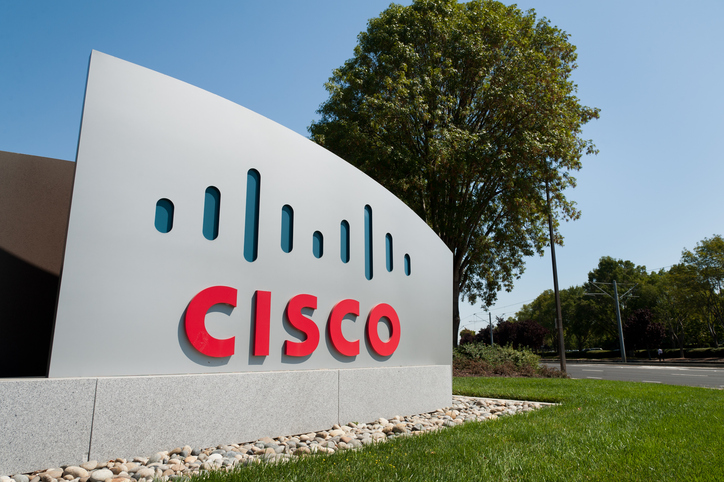With IT buyers continuing to invest sparingly, the final quarter of 2002 proved a lean one for major systems suppliers, including Unisys and Sun Microsystems, although IBM showed that even the largest of supertankers can be turned around.
After several quarters of shrinking revenues, IBM reported global revenues up 7% to $23.7 billion for the three months to 31 December. But behind that impressive overall result lay a profile of a company with some major challenges.
Hardware revenues, for instance, the engine of growth at the company for most of its existence, were up just 1% to $ 8.1 billion. And that stemmed not from mainframes, proprietary mid-range systems or Unix systems, but from strong demand for its xSeries range of Intel-based servers.
The company indicated that sales of IBM’s zSeries mainframes slipped in the fourth quarter, as did revenues from its iSeries (formerly AS/400) machines. Meanwhile, sales of Unix-based pSeries products remained flat.
There was a similar story in software, with revenues at $3.8 billion unchanged from the year-ago quarter, although they were down 2% at constant currency rates. Within that there were wide variations. WebSphere, IBM’s family of middleware products, grew 4% from a year ago, and the company’s database management software, DB2, grew 11%, the company says. Meanwhile, revenues from Lotus workgroup software Lotus and Tivoli systems management software were flat compared with the year-ago period.
What that emphasises is that predictions of software and services becoming the twin engines of growth for IBM were at least half wrong. In fact, with a stunning 17% growth rate in the quarter, IBM’s Global Services arm is the undisputed powerhouse of the company. Its $10.6 billion contribution in the fourth quarter amounted to 45% of total revenues. Although fuelled partially by the company’s acquisition of PricewaterhouseCoopers Consulting last year, Global Services had a stunning quarter, signing up $18 billion worth of new contracts, twice as much as in the preceding three months.
Sales were particularly strong in the Europe, Middle East and Africa region, where overall revenues jumped 13%. That compared to a 5% rise in the Americas region and 7% in Asia/Pacific.
The IBM picture would be very different if not for its services activity, a factor that must create envy at rival systems supplier Sun Microsystems. Sun, which is frantically trying to build up its software and services coverage, reported a fall in revenues of 6% to $2.9 billion for the closing three months of 2002, and accompanied that with its biggest ever quarterly loss – $2.3 billion – as it wrote off costs associated with multiple acquisitions and jobcuts. Excluding these charges, however, the company generated a small profit of $10 million.
Also in servers and services, Unisys turned in results for its fourth quarter that match its evolution away from a hardware focus. Although revenues dropped 3% to $1.6 billion that was largely down to weak demand for its older systems and for its project-based services. Services revenues overall, however were up 4%, led by double digit growth in outsourcing and systems integration. In the quarter, the company clinched $800 million worth of new services contracts, with some particularly impressive business process outsourcing deals booked in the financial services sector.
Software stars
That buoyancy in the services market is hardly mirrored in software sector – with one or two exceptions. Microsoft continued its relentless rise in the three months to the end of December with revenues up 10% to $8.54 billion and net income increasing 12% to $2.55 billion. To put that in perspective, those net profits are bigger than the quarterly revenues of its nearest software rival, Oracle. With that income adding to the $40 billion it holds in cash, Microsoft relented to shareholder pressure to spread some of its good fortune among shareholders, agreeing to pay an annual dividend for the first time in its history at a cost of about $870 million.
Microsoft’s best performing divisions were its server and home and entertainment units, where sales rose by 12% and 38% respectively. Its server division was boosted by strong uptake of its Windows 2000 Server and Windows 2000 Advanced Server products, claim company executives.
One area of the software industry that has yet to fall under Microsoft’s control is data, query, analysis and reporting, or business intelligence (BI) as its incumbents prefer.
Two of its market leaders, Business Objects and Cognos, have sailed through the IT industry recession largely unscathed. In the three months ending November 2002, Cognos reported revenues up 11% to $138.1 million, compared the same quarter a year earlier, after its newly integrated product line, Series 7, started to find favour among existing customers.
At least some of that success is at the expense of its smaller rivals. Brio Software, for example, ended 2002 with quarterly revenues down 10% to $25.5 million and losses of $2.1 million. And revenue growth is also proving elusive for another BI tool supplier, Hummingbird. The company reported flat quarterly sales of $44.1 million. Until recent month, flat revenues were deemed an adequate performance, but as the IT industry comes out of recession, any survivor will have to quickly establish a growth profile (see Infoconomy Index).
|
||||||||||||||||||||||||||||||||||||||||||||||||||||||||||||||||||||||||||||||||||||||||||||||||||||||||||||||||||||||||||||||||||||||||||||||||||||||||||||||||||||||||||||||||||||||||||||||||||||||||||||||||||||||||||||||||||||||||||||||||||||||||||||||||||||||||||||||||||||||||||||||||||||||||||||||||||||||||||||||||||||||||||||||||||||||||||||||||||||||||||||||||||||||||||||||||||||||||||||||||||||||||||||||||||||||||||









